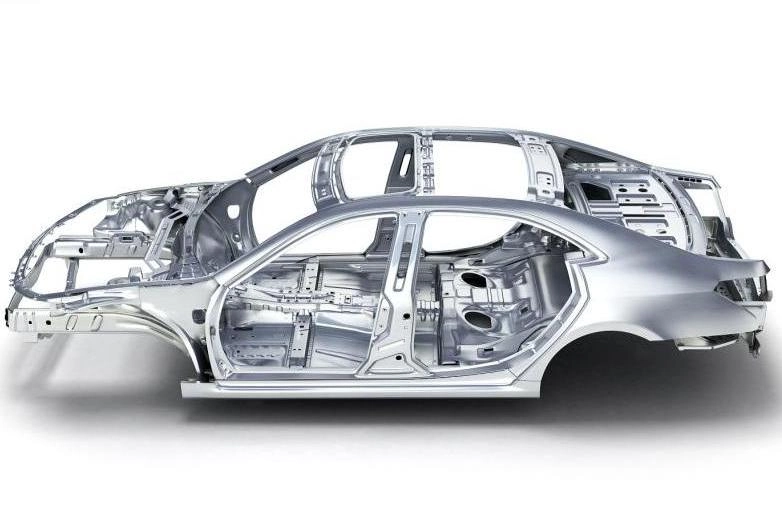
Introduction to Next-Gen Automotive Steel in Modern Manufacturing
The car industry is changing quickly. Companies now focus more on being eco-friendly and keeping passengers safe. This shift requires using stronger, smarter materials. Automotive-grade steel is a key example.
This sheet metal for cars is made for vehicle manufacturing. It meets strict industry standards. There are several important types:HSLA (High-Strength Low-Alloy) steel, AHSS (Advanced High-Strength Steel), UHSS (Ultra-High-Strength Steel). You can find out more details in blog: blog: What You Need to Know About Sheet Metal for Cars.
These materials provide three main benefits. First, they’re extremely strong. Second, they last longer. Third, they absorb crash impacts effectively. These qualities make them perfect for critical components: Vehicle frames, Body panels, Safety structures.
Using these steels keeps cars lightweight yet sturdy. Reduced weight leads to better fuel efficiency. Compared to alternative materials, steel has clear advantages. It costs less to produce. It’s easier to recycle repeatedly. It works well with current car-making processes.
Trend 1: Advanced High-Strength Steel (AHSS) Innovations
Material Science Breakthroughs
Third-generation AHSS: Enhanced ductility and crash resistance
The latest cutting-edge Advanced High Strength Steel (AHSS), known as third-generation AHSS, is a milestone in material science. It combines tensile strength with improved flexibility. This makes it ideal for modern vehicle designs that prioritize safety while optimizing weight efficiency.
Enhanced flexibility allows the steel to dissipate impact energy in accidents. This lowers the risk of passenger injuries. This innovation meets global safety regulations. It also aligns with consumer expectations for long-lasting vehicles.
Corrosion-resistant coatings for longevity in diverse climates
Modern automotive steels now feature protective anti-corrosion coatings. These coatings boost their longevity and performance in diverse weather conditions.
They provide a barrier against rust and degradation caused by moisture, salt, and extreme temperature fluctuations. These improvements help extend the lifespan of vehicle components. They also cut maintenance costs and enhance customer satisfaction.
Integration with EV-Specific Designs
Structural components for battery enclosures and chassis reinforcement
The growth of electric vehicles has driven a new approach to structural designs. Automotive steel plays a crucial role in building battery enclosures. These enclosures are both lightweight yet durable enough to safeguard essential components during crashes.
Additionally, AHSS is utilized in chassis reinforcement. It helps address the unique weight distribution challenges created by heavy EV batteries.
Thermal management solutions using steel composites
Thermal management is another critical area where steel composites shine in EV applications. These materials help dissipate heat efficiently from batteries and other electronic components, ensuring optimal performance and safety. The integration of thermal management solutions into automotive steel demonstrates its versatility in addressing emerging technological needs.
Trend 2: Sustainable Manufacturing and Circular Economy
Green Steel Production Techniques
Hydrogen-based direct reduction for carbon-neutral steelmaking
In todays manufacturing industry practices sustainability is a focus with a spotlight on eco friendly steel production methods like hydrogen based direct reduction processes replacing carbon heavy techniques with hydrogen as the primary reducing agent.This shift plays a role in cutting down CO₂ emissions and supports worldwide initiatives, for achieving carbon neutrality.
Recycling scrap steel in closed-loop systems
Recycling is crucial, for establishing a cycle in the automotive sector. Manufacturers can cut down on waste. Conserve resources by recycling scrap steel through closed loop systems. This green approach not benefits the environment but also helps in cost savings by making efficient use of existing materials.
Trend 3: Smart Manufacturing and Digital Twins
AI-Driven Process Optimization
Predictive maintenance for steel-forming machinery
The use of Artificial Intelligence (AI) is transforming how manufacturing operations work by introducing maintenance, to machinery used in steel production processes.AI algorithms examine information gathered from sensors integrated into the equipment to forecast breakdowns in advance.This approach decreases downtime and maintenance expenses while guaranteeing consistent production quality.
Real-time quality control using IoT sensors
By incorporating sensors into manufacturing operations enables ongoing quality checks throughout the production process in real time. These sensors keep track of factors, like temperature, pressure and material characteristics to identify any irregularities guaranteeing that only top notch automotive steel is delivered to the market.
Digital Twin Applications
Simulating steel performance under extreme EV conditions
Digital twins—virtual replicas of physical systems—are being used extensively to simulate the performance of automotive steel under extreme conditions specific to EVs. These simulations help engineers optimize designs by identifying potential weaknesses without the need for costly physical prototypes.
Reducing prototyping costs through virtual testing
By using replicas for simulated testing purposes is a way for manufacturers to cut down on the expenses associated with prototyping and speed up the process of developing products more rapidly. Testing in settings enables thorough examination of different materials and designs in a range of situations to confirm their dependability prior, to moving on to large scale production.
Trend 4: Customization for Electric Vehicle Architectures
Tailored Steel Solutions for EV Platforms
Ultra-high-strength boron steel for crash protection
Electric cars require materials to fulfill their specific safety and structural needs. Ultra strong boron steel has become essential in this area due to its strength to weight ratio that offers top notch crash protection while keeping the vehicle light, for better electric car performance.The steel is strategically placed in impact areas and structural supports to effectively absorb and disperse crash forces and guarantee passenger safety.
Modular designs to accommodate varying battery sizes
Building cars involves being flexible in accommodating different types and sizes of batteries within the vehicle structure allowing car makers to create adaptable platforms using automotive steel that are easily customized for various models without significant reengineering efforts leading to lower production costs and enabling quick responses to market needs by adjusting or expanding current platforms, for new electric vehicle versions.
Addressing EV Production Challenges
Mitigating delays through agile manufacturing (e.g., lessons from Kindle production setbacks)
The widespread use of cars has brought about notable obstacles in production like supply chain disruptions and delays in manufacturing tasks need to be tackled with flexibility and adaptability, in factory operations crucially important lessons can be learned from past challenges encountered in the making of Kindles stressing the significance of versatile manufacturing systems capable of adjusting to varying demands and unexpected interruptions By implementing agile approaches car manufacturers can simplify their procedures cut down lead times and guarantee prompt delivery of electric vehicles.
Scalable supply chains for rapid EV adoption
Ensuring a supply chain is crucial to keeping up with the increasing need for electric vehicles integrating automotive steel into these systems helps maintain a steady supply of materials efficiently and cost-effectively while fostering collaboration with suppliers and utilizing digital tools such as blockchain to improve visibility and tracking throughout the supply chain ultimately facilitating the swift adoption of electric vehicles by guaranteeing a reliable source of top-notch materials, for manufacturing purposes.
Trend 5: Regulatory and Consumer-Driven Material Standards
Global Compliance Frameworks
EU’s Green Deal and Emissions Directives
The Green Deal of the European Union focuses on sustainability and enforces strict emissions guidelines that have a direct influence over how cars are made in the automotive industry. The use of steel in car manufacturing is crucial for meeting these requirements thanks, to its ability to be recycled and its friendly production methods. Car makers are putting effort into creating environmentally friendly car steel that meets international standards and satisfies customer demands, for eco conscious products.
Introduction of Promispecial® Automotive Steel
Promispecial® is renowned for its capacity to address a range of industry needs for steel products. while also being cost effective. It is designed to facilitate construction without sacrificing durability or safety requirements making it a prime option, for cutting edge vehicle designs. If you have any needs for automotive steel, you can contact us anytime.
By incorporating Promispecial® Automotive Steel into their production methods car manufacturers can improve the performance of their vehicles while also reducing their environmental footprint and meeting the changing global regulations – all while tackling the hurdles brought on by the shift, towards electrification and sustainable transportation options.
FAQ
Q: What are the latest trends in automotive steel?
A: The industry now prioritizes three steel innovations:
1. AHSS (Advanced High-Strength Steel):Reduces vehicle mass.
2. UHSS (Ultra-High-Strength Steel): Enhances crash protection.
3. EV-Optimized Materials: Supports electrification in components like battery casings.
Environmental goals drive demand for recyclable steel and low-emission production methods.
Q: Why is AHSS critical for modern vehicles?
A: AHSS helps automakers achieve two goals simultaneously:
1. Lighter builds without sacrificing safety.
Improved efficiency (better mileage for fuel-powered cars, extended range for EVs).
It also unlocks design flexibility. Complex, lightweight structures can be created without weakening the vehicle.

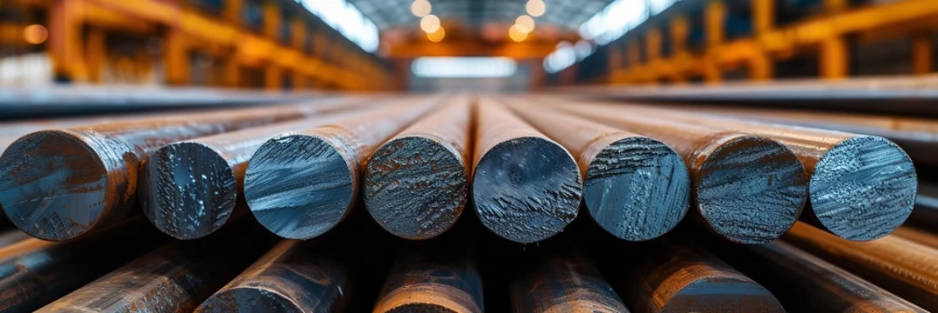
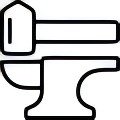
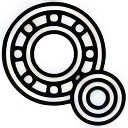

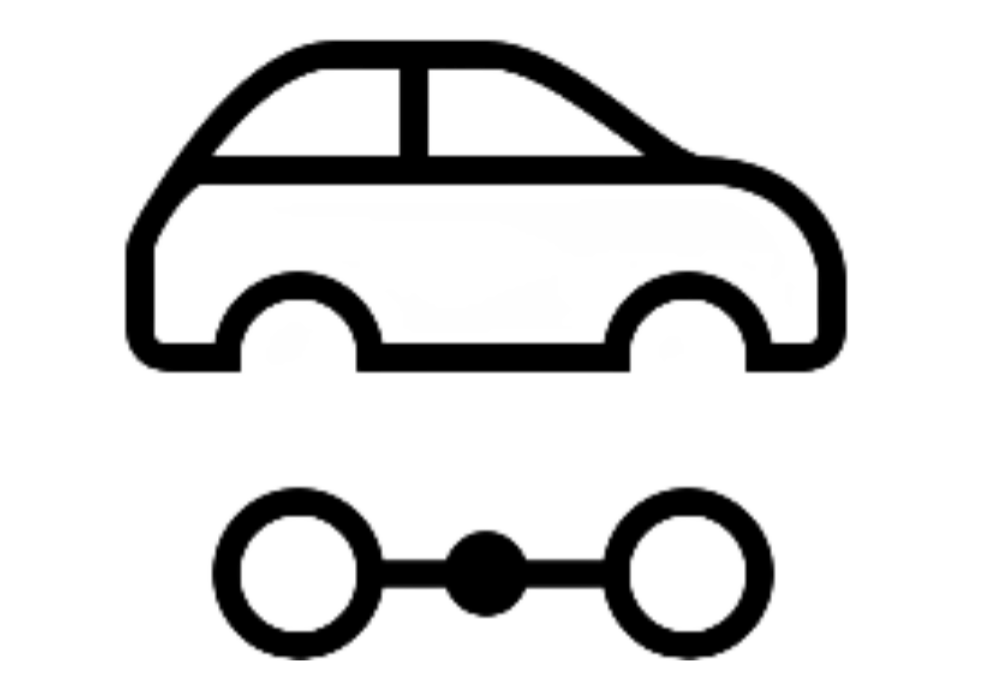
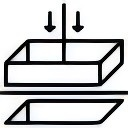








.webp)
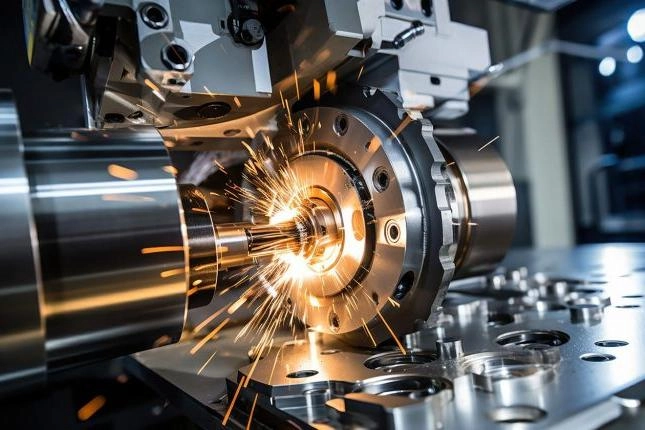
.webp)
